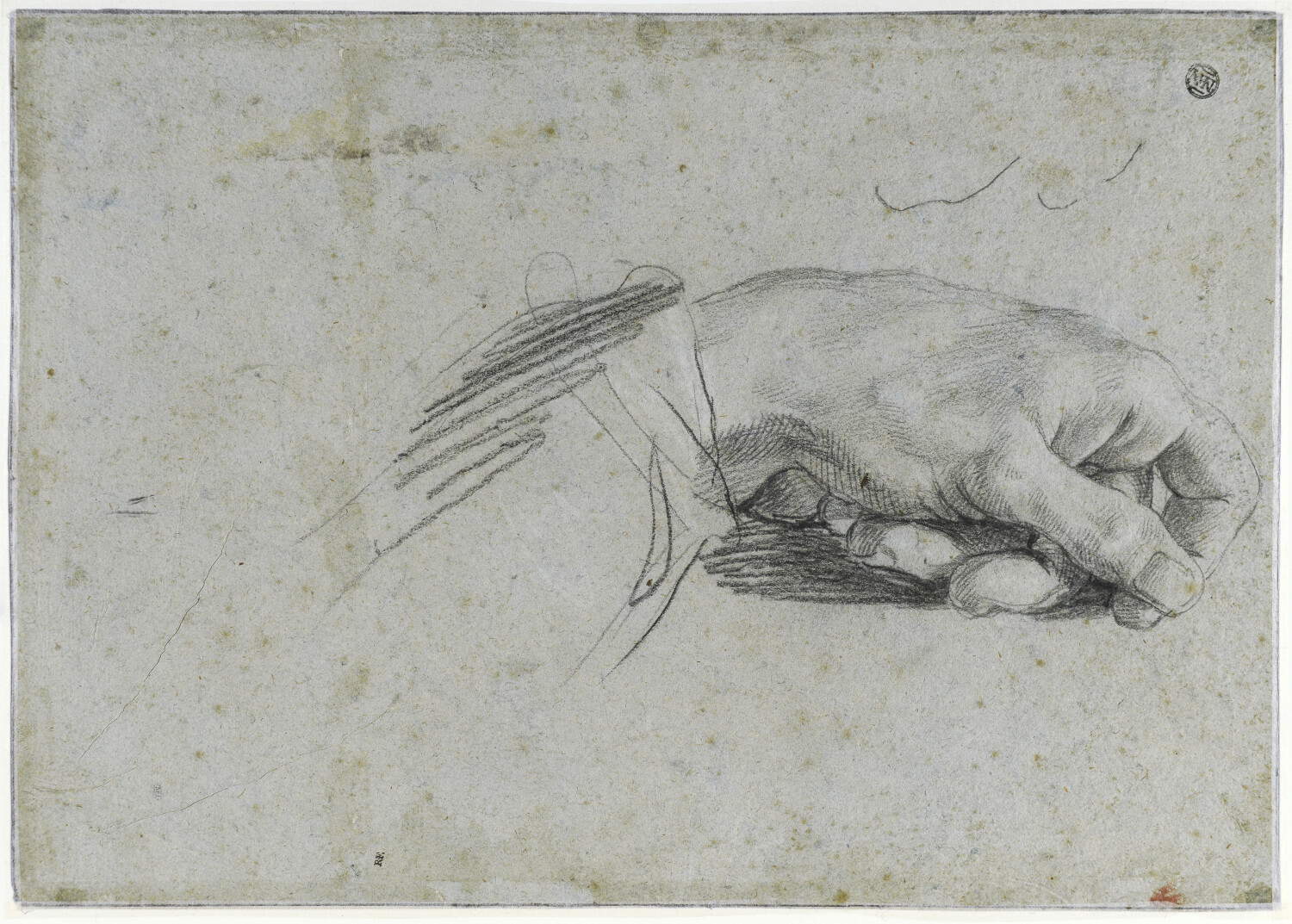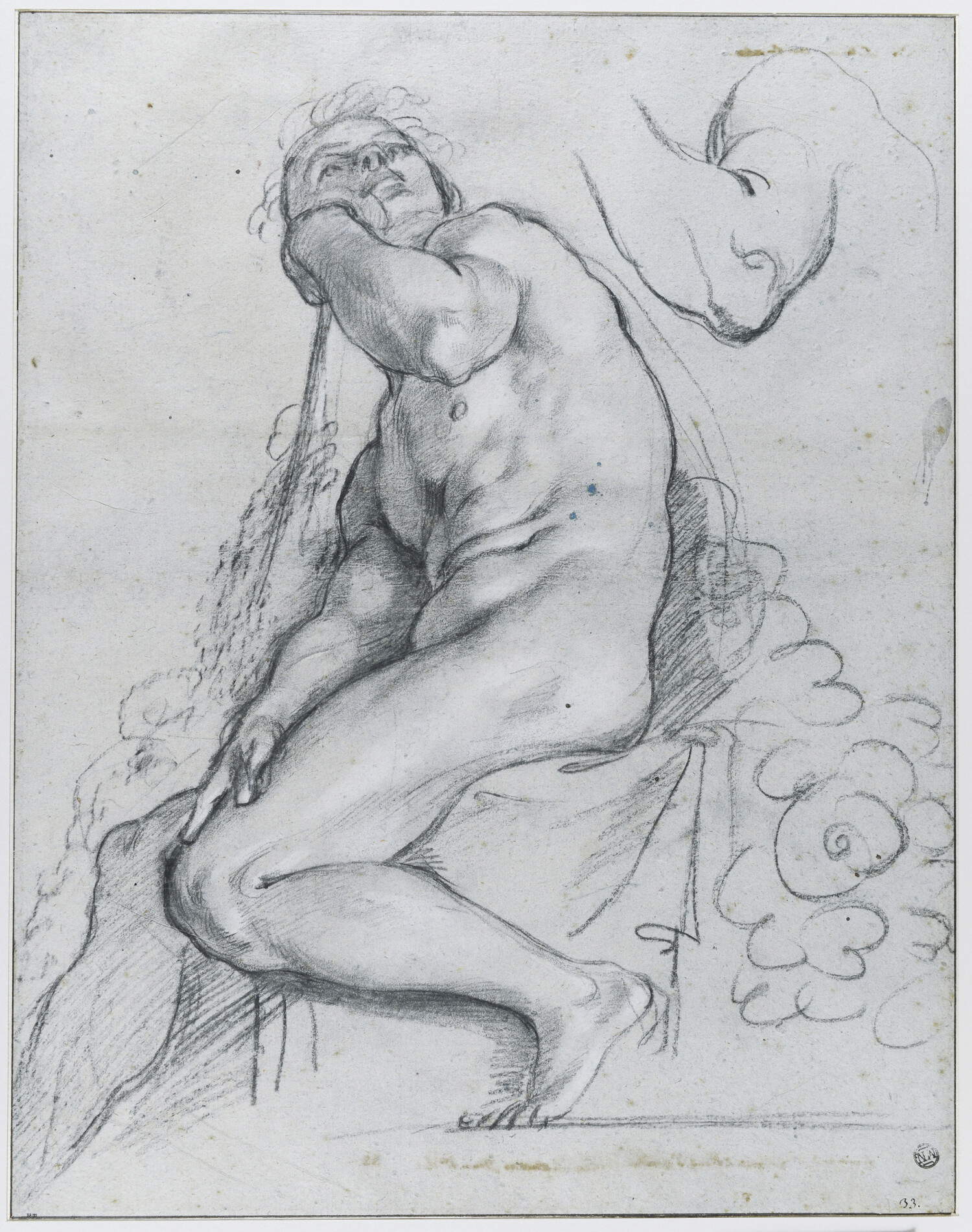The Musée du Louvre ideally “transfers” the Galleria Farnese in Rome to Paris through a selection of preparatory drawings that will reconstruct its complexity, on the occasion of the exhibition The Carracci Drawings. The Making of the Farnese Gallery, which can be visited from November 5, 2025 to February 2, 2026.
Completed in the early seventeenth century, the Galleria Farnese, a masterpiece in the heart of the Palazzo Farnese in Rome-now the seat of the French Embassy in Italy-was considered one of the absolute pinnacles of Western painting, a sort of “Sistine Chapel” of the seventeenth century, destined to become a model for numerous frescoed interiors throughout Europe for nearly three centuries. It was decorated by Annibale Carracci, his brother Agostino and their pupils.
The work, famous and admired throughout Europe, influenced generations of artists, inspiring among others the Mirror Gallery at Versailles and the Grand Foyer of the Opéra Garnier. Never before has such a wealth of studies for a single interior been preserved: from quick sketches with early creative insights to monumental cartoons, several meters in size on each side, depicting life-size frescoed compositions. Contended for by the most prestigious collectors, these drawings very quickly became true symbols of status and power. The Louvre, custodian of the French royal collection, now holds the world’s most important nucleus of these drawings, along with the British Royal Collection, from which 25 works granted by His Majesty the King will arrive on loan.


The Paris exhibition will thus tell the story of a deeply European fascination and, for the first time, will also present the surviving fragments - recently restored - of the replica of the Farnese Gallery commissioned by Louis XIV for the Tuileries Palace, now destroyed. The great undertaking of copying, entrusted to the first residents of the French Academy in Rome, testifies to the great admiration the Gallery aroused. While celebrating the Carracci as a whole, the exhibition will also offer a more intimate and direct portrait of the main creator of the work, Annibale Carracci.
An immersive installation will reproduce the Gallery’s vault, including the ceiling of the Camerino, a small room Annibale used to experiment with his ideas. Here, along with other sheets made before his departure for Rome, the Camerino drawings will reveal the painter’s energy and ambition. That same commitment, however, led him to exhaustion: the Galleria Farnese, unanimously recognized as his masterpiece and last great creation, remained a work as grand and influential as it was marked by the personal drama of its author, who, exhausted, never returned to painting and died shortly after finishing it.

 |
| An exhibition at the Louvre on the preparatory drawings for the Farnese Gallery frescoes |
Warning: the translation into English of the original Italian article was created using automatic tools. We undertake to review all articles, but we do not guarantee the total absence of inaccuracies in the translation due to the program. You can find the original by clicking on the ITA button. If you find any mistake,please contact us.